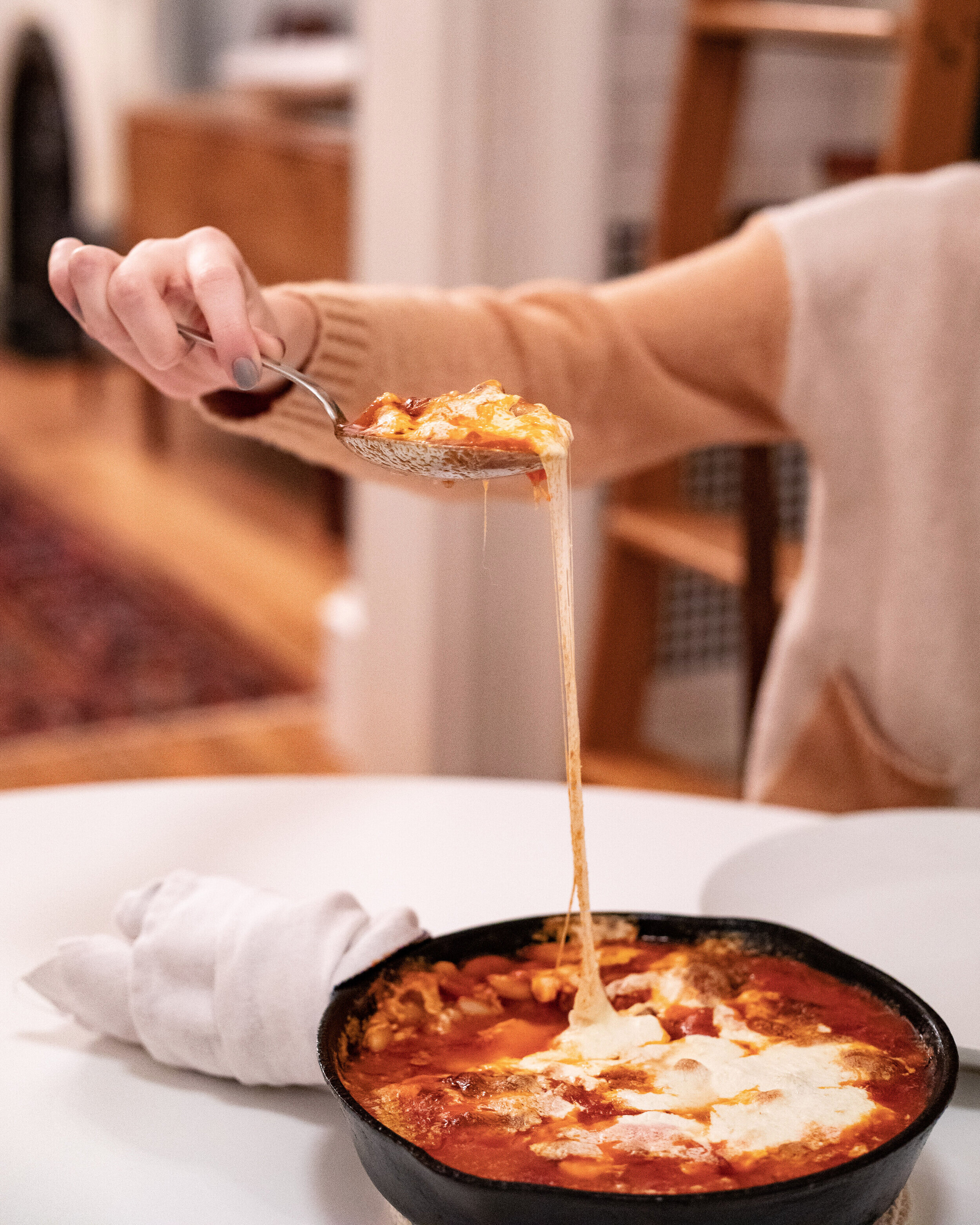The Mayflower Inn is a destination of sorts in Washington, Connecticut—in the hills of Litchfield County. It has lately undergone a renovation and re-styling, and its restaurants have been revamped by chef April Bloomfield. Before all that, though, the Mayflower was a quietly upscale, slightly stuffy New England Inn where we would go for the occasional brunch on Mother’s Day or for a birthday dinner. In spring and summer, its best feature was the formal garden you could wander, getting lost in the boxwood mazes and stumbling upon Shakespearean quotes among the flowers. In colder months, a visit was guaranteed maximum coziness thanks to intimate little libraries and sitting rooms where you could take a glass of wine, commandeer your own personal fireplace, play a game of chess with your kid.
When Ben and I were married, many moons ago, a lovely bridesmaids’ luncheon was thrown for me at the Mayflower by my godmother and her daughter, and we most certainly had the Bibb Salad to start, because there was a time when that was the iconic salad at the Mayflower. A bit of a 90’s throwback, the dish was notable for its perfect balance of flavors and crunch: soft lettuce leaves, blue cheese, diced tomatoes, and crispy shallots. That’s it. (A journey into the internet’s memory tells me it was also dressed with truffle oil vinaigrette, but nooooo that can’t be, I’ve already overwritten that part.)
That salad was always, first and foremost, about the crispy shallots, and after receiving a huge order of shallots from OurHarvest recently*, I’ve become re-obsessed with their sweet, sublime crunch. If crunch were a food group, crispy shallots would give bacon bits some stiff competition. They are outstanding on any salad and even more so on Vietnamese noodle dishes, as a mix-in for a sour cream-based dip, a topping for your most decadent mac-n-cheese. A plus is that they are vegan so make a fine substitute for crumbled bacon on many plant-based things.
In the process of re-working this beloved salad recipe I tested out different techniques for making the crispy shallots. I tried the deep-fry method, where you heat the oil to a high temperature first and then let the shallots frizzle in it. It’s fast but also stressful, due to the vigilance needed to keep the shallots from burning. Another method—found on Bon Appétit and other sites—is to cover the shallots with a quantity of oil, adding both to the pan at the same time and cooking in a longer, more controlled manner. I was worried at first this would yield oil-sodden shallots, but my fears were allayed by a batch of perfectly browned and sweet little frizzles, which magically crisp up as they drain on paper towels. This is now my method of choice. Something I highly recommend if you are making this is using a mandoline to slice the shallots. They allow for even thickness, which translates to even cooking (i.e., you won’t have bitter burnt pieces mixed in with undercooked ones). If you’re not using a mandoline, just slice as evenly as you can. Instructions, plus the salad recipe, are below.
The Mayflower Salad lives on
Crispy Shallots
Adapted from Bon Appétit
1 cup or a bit more of vegetable oil (grapeseed, canola, refined sunflower all work)
3-4 large shallots, peeled, sliced crosswise to the approximate thickness of a dime
Salt
Set up a tray covered with a couple of layers of paper towels. In a high-sided skillet or saute pan, put shallots covered in oil and turn heat on to medium high. Stir the shallots around with a fork to separate the rings. The shallots will cook slowly and begin to take on a golden color; once they do, watch them carefully and remove once they are golden brown—around 20-25 minutes. Pour the shallots and oil through a strainer with a bowl underneath to catch the oil. Allow to drain for a minute or two, and then spread shallots onto the paper towels and sprinkle with salt. They will crisp up after a few minutes. Store in a sealed container for a couple of days.
Reserve strained oil—which is now toasted shallot oil—for dressings and stir-fries.
Mayflower Salad
Serves 2
Ingredients:
1 bunch Boston Lettuce, Bibb Lettuce or Butter Lettuce, washed and patted dry (keep leaves whole)
1 medium tomato, diced, excess seeds and goo removed
Blue Cheese, crumbled (Bleu d’Auvergne or Arethusa Farms Blue both work great)
Crispy Shallots
Tarragon vinaigrette (below) or other basic vinaigrette
Salt and Pepper to Taste
Instructions:
Assemble Salad as you like! Toss greens and tomatoes with a couple of tablespoons of vinaigrette then scatter blue cheese and shallots on top. Sprinkle with salt and pepper.
Tarragon Vinaigrette
Ingredients:
1/2 tsp. honey or agave, or a pinch of sugar
1 tsp. Dijon mustard
2 TBS tarragon vinegar or just white wine vinegar (I make my own tarragon vinegar by inserting a clean bunch of fresh tarragon into a bottle of white wine vinegar and letting it infuse indefinitely).
1/4 cup oil: grapeseed oil, olive oil, a mix, or your choice of neutral oil
Salt and pepper
Instructions:
Whisk together honey, mustard, and vinegar to blend. Slowly whisk in oil until it’s evenly blended. Season with a pinch of salt and a couple cranks of pepper to taste.
🧅🧅🧅
*OurHarvest, the source for the shallots I used, is an online farmer’s market and grocery that delivers to NYC, Long Island, and Southern Connecticut. You can use the code SHALLOT to get 25% off your first order plus free delivery…or just follow this link.
🧅🧅🧅



